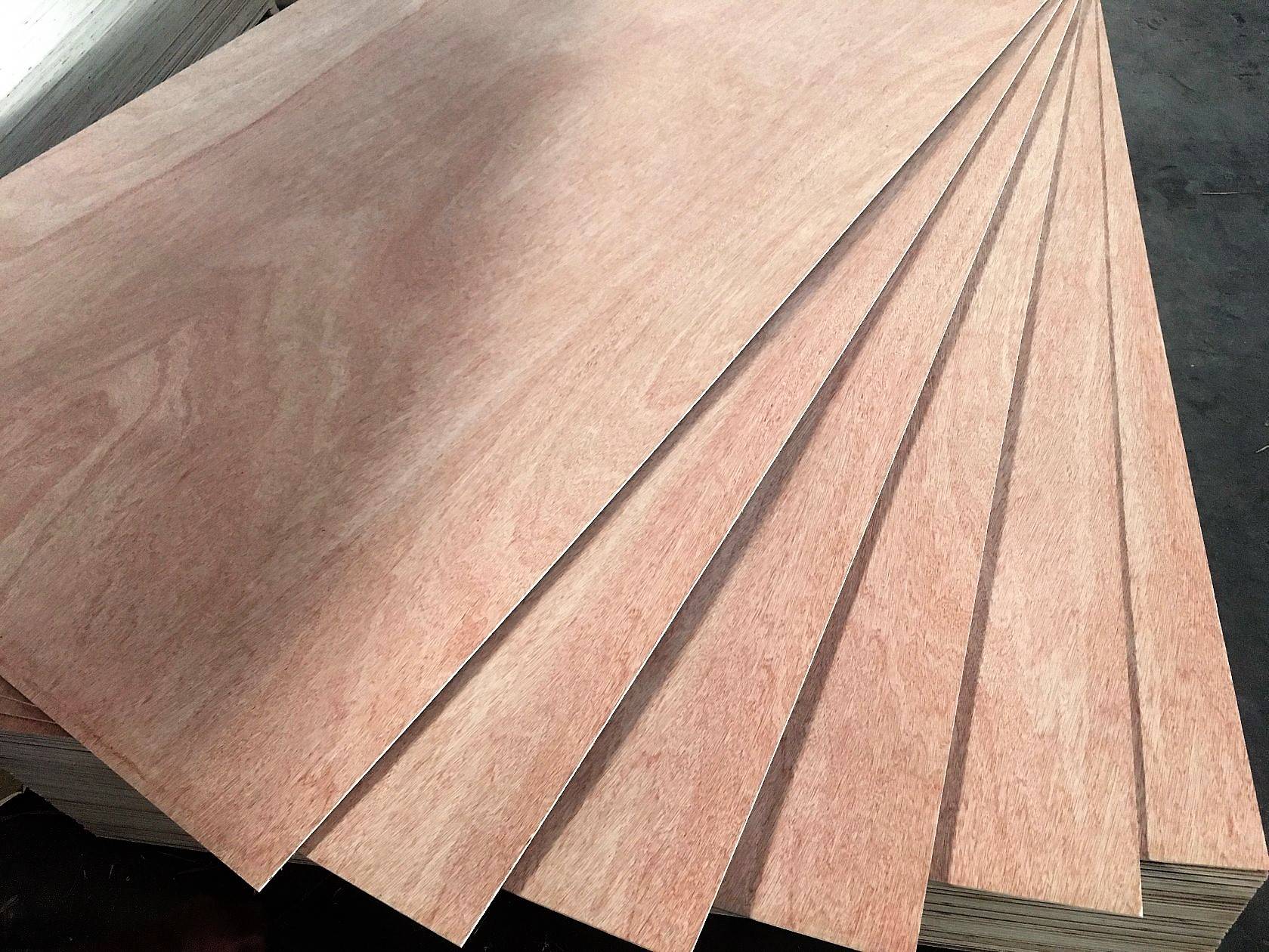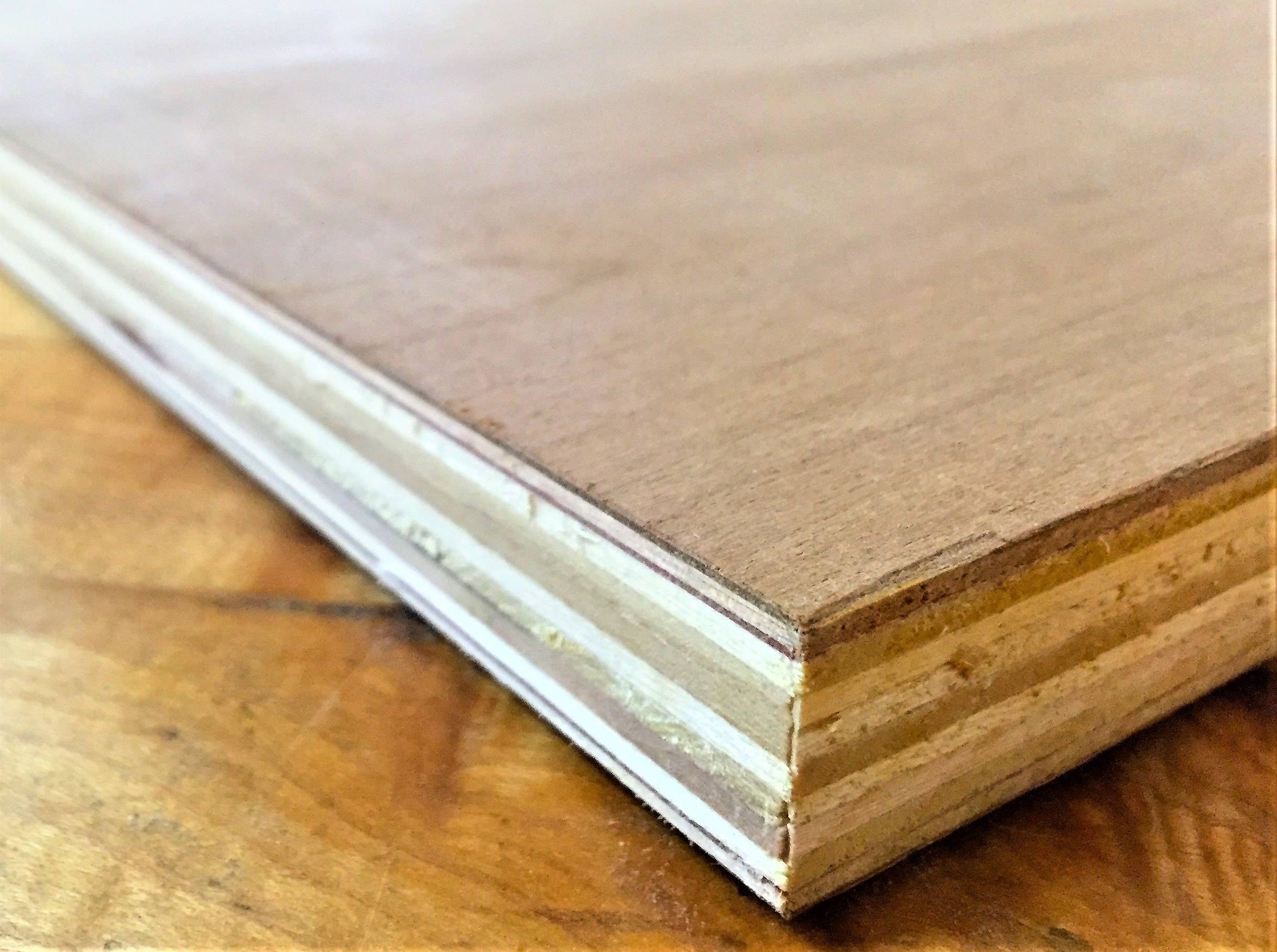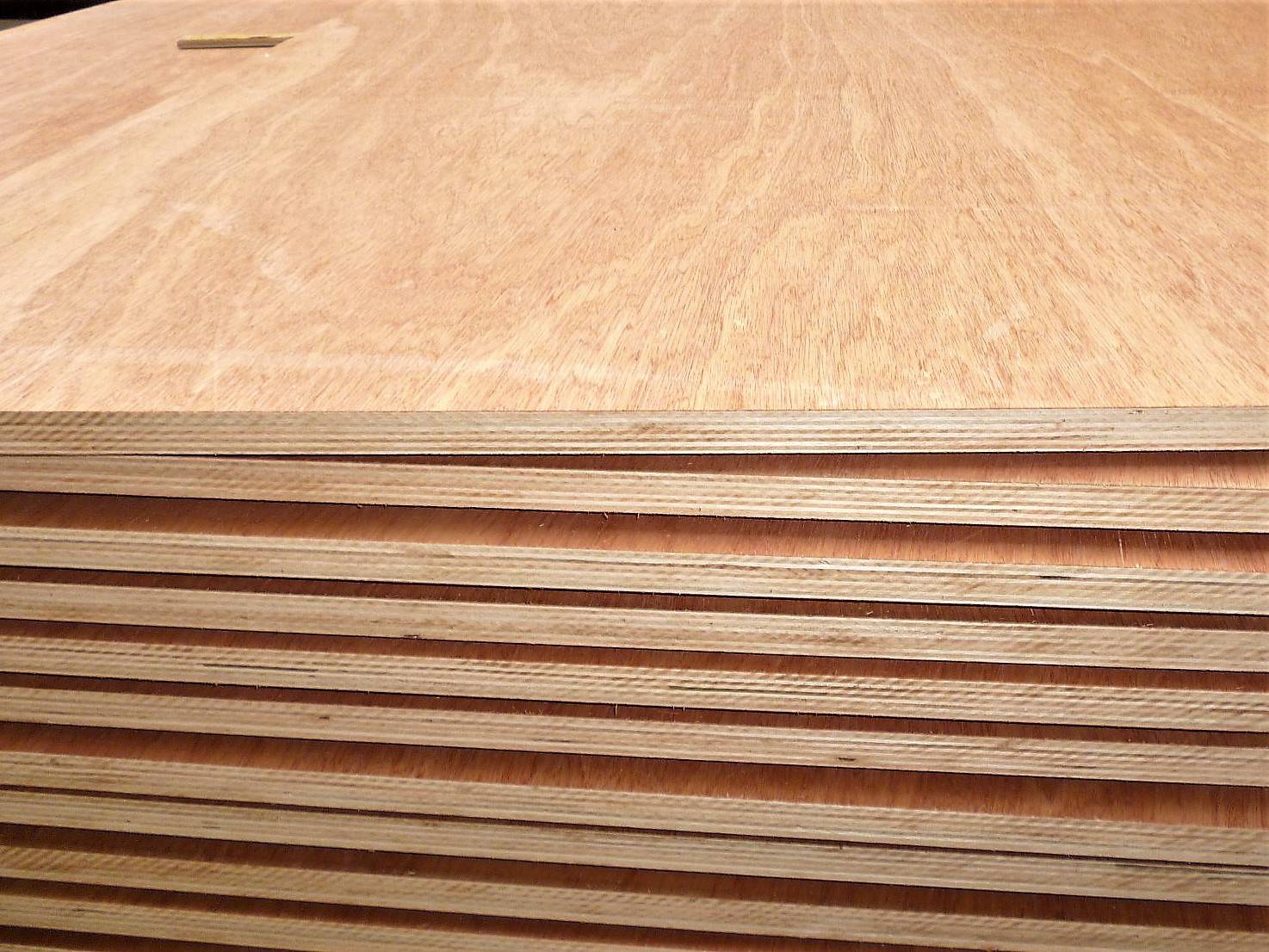Physical Properties and Applications of Cabinet Grade Cherry Plywood

Cabinet grade cherry plywood offers a compelling blend of beauty and practicality, making it a popular choice for discerning woodworkers. Its rich color, appealing grain patterns, and inherent strength contribute to its widespread use in high-end furniture and cabinetry. This section will delve into the specific properties that make this plywood so desirable, exploring its applications and the various finishing options available.
Physical Characteristics of Cherry Plywood
Cabinet grade cherry plywood boasts several advantageous physical characteristics. It generally exhibits a medium density, offering a good balance between strength and workability. The strength properties are sufficient for demanding applications, while the moderate density makes it relatively easy to cut, shape, and finish. The grain patterns are typically straight, though occasional variations can add character. The heartwood displays a rich reddish-brown hue that deepens with age and exposure to light, contributing to its luxurious appeal. The sapwood is a lighter, pinkish-brown.
Comparison with Other Plywood Types
The following table compares the properties of cherry plywood to those of oak and maple plywood, offering a clearer understanding of its relative strengths and weaknesses. Note that these are general comparisons and variations can occur depending on the specific manufacturing process and grade of plywood.
| Property | Cherry Plywood | Oak Plywood | Maple Plywood |
|---|---|---|---|
| Density (lbs/ft³) | 30-35 | 35-40 | 30-35 |
| Strength (relative) | Medium | High | Medium-High |
| Grain Pattern | Generally Straight | Variable, often prominent | Generally Straight, fine |
| Cost (relative) | Medium-High | Medium | Medium |
Applications of Cherry Plywood in Furniture and Cabinetry
Cherry plywood’s attractive appearance and robust properties make it ideal for a wide array of furniture and cabinetry projects.
Cabinet grade cherry plywood – For example, its use in high-end kitchen cabinets is widespread. The beautiful grain and rich color create a sophisticated and elegant look, while its strength ensures durability. The plywood’s ability to be easily machined also allows for intricate designs and detailed joinery.
Similarly, cherry plywood is frequently chosen for fine dining room furniture such as tables and chairs. The natural beauty of the wood enhances the overall aesthetic, and its stability contributes to the longevity of the piece. The medium density allows for comfortable seating and sturdy tabletops.
Furthermore, cherry plywood finds application in custom built-in shelving and entertainment centers. Its ability to be stained and finished to match existing decor makes it a versatile option for integrating seamlessly into a room’s design. The plywood’s inherent strength ensures that shelves can support substantial weight.
Finishing Options for Cherry Plywood
Cherry plywood readily accepts a variety of finishes, enhancing its natural beauty or allowing for a completely different aesthetic.
Staining: Staining allows the wood’s natural grain to show through while enhancing its color depth. A variety of stains are available, from light washes to deep, rich tones, allowing for considerable customization. A clear coat sealant is typically applied over the stain to protect the finish and enhance its longevity.
Painting: Painting provides a more uniform color and can completely mask the wood grain. This option is useful for achieving a modern or minimalist aesthetic, or for matching existing décor. Priming is essential before painting to ensure proper adhesion and prevent the paint from being absorbed by the wood.
Sealing: Sealing is crucial regardless of whether staining or painting is employed. Sealants protect the plywood from moisture damage, scratches, and UV degradation. Various types of sealants are available, including polyurethane, lacquer, and shellac, each offering different properties in terms of durability, gloss level, and ease of application.
Sourcing, Cost, and Sustainability Considerations: Cabinet Grade Cherry Plywood

Cabinet grade cherry plywood, with its rich reddish-brown hues and beautiful grain, is a popular choice for high-end cabinetry. However, understanding its sourcing, cost, and environmental impact is crucial for informed decision-making. This section delves into these important aspects, providing insights into responsible procurement and usage.
Cherry Wood Sourcing and Geographic Origins
The majority of cherry wood used in plywood manufacturing in North America originates from sustainably managed forests in the eastern United States and Canada. These regions boast a long history of cherry cultivation, with trees thriving in diverse climates and soil conditions. However, the increasing demand for cherry wood has raised concerns about overharvesting and the potential for unsustainable practices. Specific sourcing regions often include states like Pennsylvania, Michigan, New York, and Virginia, with Canadian sources located primarily in Ontario and Quebec. The environmental impact of harvesting depends heavily on the forestry practices employed. Clear-cutting, for example, has significant negative consequences, while selective harvesting and replanting efforts contribute to long-term forest health.
Cost Comparison with Other Veneer Options
Cabinet grade cherry plywood generally sits at a higher price point compared to other veneer options such as maple, birch, or oak. This premium reflects the inherent desirability of cherry wood’s aesthetic qualities and its relatively slower growth rate. However, the exact cost fluctuates based on several factors.
- Grade of Plywood: Higher grades, featuring fewer imperfections and more consistent grain patterns, command higher prices.
- Thickness: Thicker plywood sheets are naturally more expensive due to the increased material usage.
- Supplier and Market Demand: Prices vary depending on the supplier and current market fluctuations, influenced by factors such as lumber availability and overall economic conditions. For example, periods of high construction activity can lead to increased demand and consequently higher prices.
- Plywood Size and Sheet Dimensions: Larger sheets generally cost more per square foot than smaller sheets due to the increased material used and handling costs.
For example, a 4′ x 8′ sheet of high-grade cherry plywood might cost significantly more than a comparable sheet of birch or oak plywood. This price difference is justifiable considering the premium aesthetic appeal of cherry wood in high-end applications.
Sustainable Practices Guide for Cherry Plywood
Choosing cherry plywood sustainably requires considering both the sourcing and usage phases.
- Responsible Forestry Certification: Look for plywood sourced from forests certified by organizations like the Forest Stewardship Council (FSC). FSC certification indicates that the wood comes from responsibly managed forests that prioritize ecological integrity and social responsibility.
- Waste Reduction: Careful planning and precise cutting techniques minimize material waste during fabrication. Leftover plywood can be repurposed for smaller projects or used as packing material.
- Support Local and Regional Suppliers: Purchasing from local suppliers reduces transportation costs and emissions, minimizing the carbon footprint associated with the plywood’s journey from forest to your workshop.
- End-of-Life Considerations: Explore options for recycling or repurposing cherry plywood at the end of its useful life. Some companies specialize in reclaiming and reusing wood materials.
By following these practices, consumers and businesses can contribute to the responsible and sustainable use of this beautiful and valuable wood resource. Supporting sustainable forestry helps ensure the availability of cherry wood for future generations.
Working with Cabinet Grade Cherry Plywood

Cabinet grade cherry plywood, with its rich color and beautiful grain, presents a rewarding challenge for woodworkers. However, its characteristics require specific techniques for optimal results. Understanding the material’s properties and employing the right methods ensures a smooth workflow and a stunning finished product. This section details the best practices for cutting, shaping, assembling, and troubleshooting common issues.
Cutting Cherry Plywood
Precise cuts are paramount when working with cherry plywood. The smooth surface and relatively hard nature of the wood can lead to tear-out if not handled correctly. To minimize this, use a sharp blade, whether it’s a hand saw, circular saw, or table saw. For hand saws, choose a fine-toothed blade designed for plywood. For power tools, a blade with a high tooth count and a negative hook angle will help prevent chipping. Always use a zero-clearance throat plate on your table saw to prevent the plywood from catching and causing tear-out. Consider using a sacrificial backer board under the plywood when cutting to further prevent damage to the face veneer. Slow, controlled cuts are crucial, especially with curves.
Shaping Cherry Plywood
Shaping cherry plywood can be accomplished using a variety of techniques, from hand planing to using router bits. For hand planing, use a sharp plane and work with the grain to avoid tear-out. When using power tools like routers, select bits appropriate for the task and always use a fence or jig for consistent results. Remember to use appropriate safety measures, such as eye protection and dust masks, when using power tools. For intricate shapes, consider using a band saw for rough cutting, followed by hand sanding or using a spindle sander for finer details.
Assembling Projects with Cherry Plywood
Precise joinery is essential for strong and visually appealing cabinets made from cherry plywood. Dadoes, rabbets, and dowel joints are all excellent choices, offering both strength and clean aesthetics. Use wood glue designed for plywood and clamp the pieces firmly until the glue is dry. Pre-drilling pilot holes before driving screws prevents splitting, especially in thinner plywood. For more complex assemblies, consider using biscuits or pocket hole joinery to ensure alignment and strength. Always use clamps to ensure tight joints and even glue distribution.
Challenges and Solutions, Cabinet grade cherry plywood
Cherry plywood, while beautiful, presents some challenges. Tear-out during cutting, as previously mentioned, is a common issue. Warping can also occur due to changes in humidity. To address warping, ensure the plywood is acclimated to the environment where it will be used before starting the project. Proper storage, away from direct sunlight and heat sources, is vital. For tear-out, using sharp tools and appropriate cutting techniques are key. If tear-out does occur, carefully sand it smooth.
Building a Simple Cabinet: A Step-by-Step Guide
This guide Artikels the construction of a simple, two-shelf cabinet. Adjust dimensions to suit your needs.
- Cut the Pieces: Cut the sides, top, bottom, shelves, and back panel to the desired dimensions. Use a sharp blade and a straight edge to ensure accurate cuts. Consider using a template or jig for repetitive cuts.
- Assemble the Sides and Shelves: Use dadoes or rabbets to join the sides and shelves. Apply wood glue liberally and clamp the pieces firmly until the glue dries completely. Ensure squareness throughout the assembly.
- Attach the Top and Bottom: Attach the top and bottom pieces using the same joinery method as the shelves. Ensure a tight fit and even glue distribution.
- Attach the Back Panel: Attach the back panel using either wood glue and brads or screws. The back panel can be made from a less expensive material such as pine plywood.
- Sand and Finish: Once the glue is completely dry, sand all surfaces smooth. Apply your chosen finish, following the manufacturer’s instructions. Several coats are recommended for a durable and beautiful finish.
